Seed Dispersal by Dung Mimicry – Nature (2015)
Plant-animal interactions have not always evolved to become mutualistic win-win strategies like birds dispersing seeds of palms while feeding on the fruits. Plants can be rather deceptive. They can hijact sensory vulnerabilities of animals. Secondary metabolites such as nicotine, caffeine, codeine can be rather addictive. Plant chemicals can also be used as deterrent. A sub-Saharan desert plant taily weed (Ochradenus baccatus) detonates a mustard bomb in the mouths of seed predators who dare to chew and destroy its seeds. Plant […]

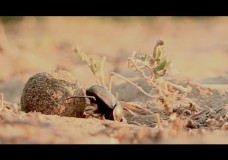
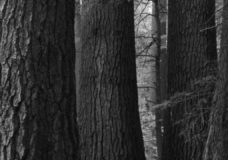
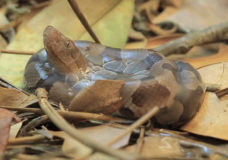
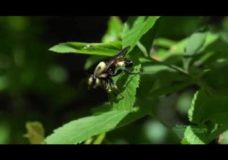




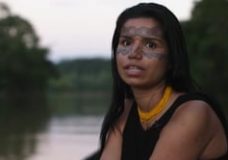
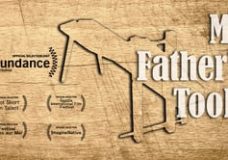
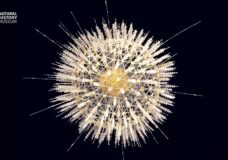
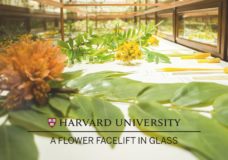
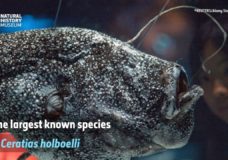
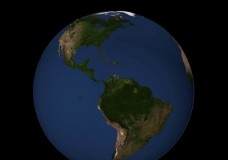
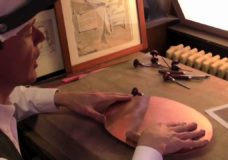

Recent Comments